How to solve the deadlock in the company's operation
It is a normal phenomenon for shareholders and directors of a company to have differences of opinion on daily business management decisions.The collision and communication of different opinions can also help improve the ability and level of shareholders,directors,and company management to analyze and solve problems to a certain extent.However,if differences or contradictions develop to a level that cannot be reconciled,resulting in a deadlock in the operation of the company,the underlying issues reflected may be a lack of scientific design at the top level of the company or a lack of trust in each other's capabilities among shareholders and partners.The transformation of the Supreme Law from a single"dissolution of a company"in the"Provisions of the Supreme People's Court on Several Issues Concerning the Application of the Company Law of the People's Republic of China"(II)to the application of a multi stage dispute resolution mechanism in the"Provisions of the Supreme People's Court on Several Issues Concerning the Application of the Company Law of the People's Republic of China"(V)is also intended to promote the internal ability of companies to start from deeper causes,By restructuring the top-level design and consolidating the trust foundation between shareholders,we can fundamentally rebuild the resolution mechanism for decision-making differences,avoid the occurrence of company dissolution,ensure the sound development of the enterprise,and promote the stable operation of the social economy.
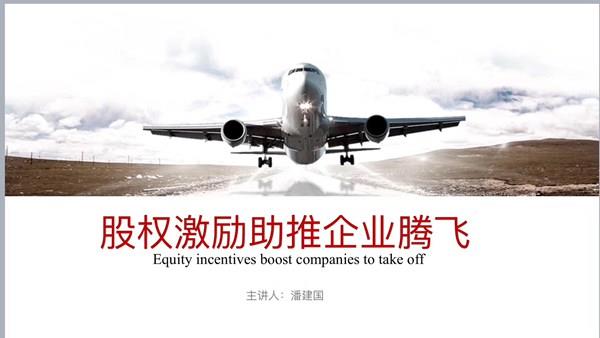
1、The connotation of corporate deadlock.
"Company deadlock"refers to a situation where the contradictions between shareholders and directors have intensified to an irreconcilable extent,resulting in the inability of the board of directors,shareholders'meeting,and other management and authority organs of the surviving company to make effective decisions in accordance with the law and the company's articles of association,resulting in the company being unable to operate normally and the interests of relevant shareholders being damaged.
Currently,the legal norms related to corporate deadlock in China are mainly Article 182 of the Company Law of the People's Republic of China and Article 1 of the Provisions of the Supreme People's Court on Several Issues Concerning the Application of the Company Law of the People's Republic of China(II).According to the above regulations,the manifestations of"company deadlock"include:1.The company has been unable to hold a shareholders'meeting or shareholders'meeting for more than two years,resulting in serious difficulties in the company's operation and management;"When shareholders vote,they are unable to reach the proportion prescribed by law or the company's articles of association,and cannot make effective resolutions at the shareholders'meeting or shareholders'meeting for more than two years,resulting in serious difficulties in the company's operation and management;";3.The company's directors have long-term conflicts and cannot be resolved through the shareholders'meeting or shareholders'meeting,resulting in serious difficulties in the company's operation and management;4.Other forms of serious business management difficulties.
At the same time,according to the above legal provisions,the substantive damage of various forms of corporate deadlock lies in the fact that it has caused or will cause significant losses to the interests of shareholders.From the guidance case of the Supreme People's Court-Lin Mouqing v.Changshu Kailai Industrial Co.,Ltd.and Dai Mouming's company dissolution dispute case,Jiangsu Provincial High People's Court(2010)v.Shang Zhong Zi No.0043-it can be clear that the company's operation and management have serious difficulties in the company's deadlock,and it is not appropriate to unilaterally understand them as operational difficulties such as company losses,but rather focus on the failure of the shareholders'meeting,board of directors,and other institutions in operational decision-making,That is,shareholders and directors do not agree with each other on the other party's business decisions or suggestions.

2、The reasons for the formation of the company deadlock.
There are many reasons for causing company deadlock,but they can be summarized as follows:First,in closed companies characterized by the limited number of shareholders and the non-public nature of share transfer,once conflicts arise among the company's shareholders,it is difficult for shareholders with impaired interests to adopt the"foot voting"method to protect their own interests,as the shareholders of open companies do,and company deadlock can arise therefrom;The second is that in a company characterized by emotional mutual trust among shareholders,once the foundation of trust among shareholders collapses,it will be difficult for shareholders with divergent opinions to withdraw smoothly due to the limitations of the company's capital maintenance principles,and the company deadlock will also arise;Third,in a corporate voting mechanism characterized by the subordination of a minority to the majority,once shareholders or directors adopt a completely confrontational attitude due to conflicts of interest,they will be unable to form a majority opinion and make effective resolutions,resulting in a company deadlock.
Fundamentally,the reason why a company is stuck in a deadlock is inseparable from the unreasonable design of the company's equity model.The design of a company's equity model not only refers to the proportion of equity distribution,but also includes the setting of a company's voting mechanism.The most typical unreasonable equity model is mainly manifested in the following two ways:First,the shareholding ratio of a certain shareholder or several related shareholders(such as shareholders who have signed the unanimous action person agreement)is simply set to reach or exceed 33.4%,without corresponding processing mechanisms.In this case,as long as the shareholder votes against it,it will directly lead to difficulties in reaching consensus on major issues of the company;The other is the worst model,such as the Supreme People's Court's guidance case-the case of Lin Mouqing v.Changshu Kailai Industrial Co.,Ltd.and Dai Mouming's dissolution dispute,and the Jiangsu Provincial High People's Court(2010)v.Shang Zhong Zi No.0043-in which the two shareholders of the company,Lin Mouqing and Dai Mouming,each hold 50%of the shares,and there is no reasonable agreement on the voting mechanism,especially when the shareholder vote is deadlocked,Without a special handling mechanism agreed upon,it is extremely easy to lead to a deadlock in the company once the opinions of shareholders diverge.
3、The harm of company deadlock.
Impact on the company itself:failure to form effective resolutions,operational obstacles,and damage to the company's reputation and earnings;External impact:The company's loss of debt paying ability directly damages the interests of creditors,and employees lose their jobs due to production suspension,resulting in hidden dangers that affect social stability.
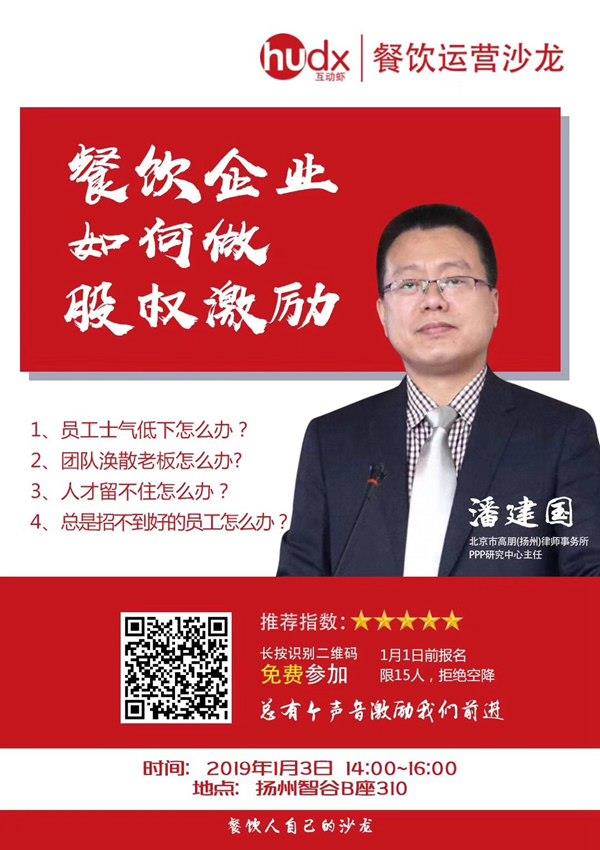
4、A solution to the deadlock in the company.
As an independent and important entity in social and economic activities,once a deadlock is formed,it will not only affect shareholders and the company itself,but also involve all aspects of society,and the harm caused must not be underestimated.Therefore,we must attach great importance to the issue of corporate deadlock.
(1)Negative measures to break the deadlock.
Negative measures refer to dispute resolution mechanisms that resolve shareholder differences by ultimately eliminating the company or reducing its capital,splitting up,or repurchasing the company,among other ways that undermine its strength.For example,in the case of dissolution dispute between Lin Mouqing and Changshu Kailai Industrial Co.,Ltd.and Dai Mouming Company,Lin Mouqing filed a lawsuit to the Suzhou Intermediate People's Court of Jiangsu Province to dissolve Kailai Company,and the court finally decided to dissolve the company.Article 182 of the Company Law of the People's Republic of China and Article 1 of the Provisions of the Supreme People's Court on Several Issues Concerning the Application of the Company Law of the People's Republic of China(II)grant shareholders who hold more than 10%of the voting rights of all shareholders of the company the right to request the people's court to dissolve the company when there are serious difficulties in the company's operation and management.Once the company is dissolved by a judgment,it will not only cause a good project to die prematurely,but also cause the company's employees to fall into a state of unemployment,and the interests of company stakeholders such as shareholders and creditors will be damaged.Therefore,the author defines the solution to such a company deadlock as a negative measure.The several dispute resolution methods provided in Article 5 of the"Provisions of the Supreme People's Court on Several Issues Concerning the Application of the"Company Law of the People's Republic of China"(V)",such as the company's repurchase of shareholders'shares,company capital reduction,and division,all of which,in the author's opinion,can adversely affect the company's competitiveness and external influence to varying degrees,and should be used with caution.

(2)Positive measures to break the deadlock.
Positive measures refer to the application of multiple options aimed at restoring the normal operation of the company and avoiding its dissolution.
The first option is to place control of the company in the hands of a shareholder through extreme means.For example,Pan Yuhai,a shareholder of the Chinese fast food chain"Zhenkungfu",reported that another shareholder,Cai Gongda,who also owns 50%of the company's shares,misappropriated funds and embezzled positions,resulting in Cai Gongda being sentenced to 14 years in prison,and finally took over"Zhenkungfu"completely.Although Pan Yuhai finally took over the power and seemed to have won or lost,in fact,both sides were hurt.Internal strife has slowed down the development of Zhengong,resulting in poor financing,a setback in listing,a shrinking valuation,and a loss of good fortune.It has almost been"uprooted"by small businesses that have emerged since.The desirability of such an extreme solution to corporate deadlock,in which both the wife and the soldier are lost,remains to be debated.
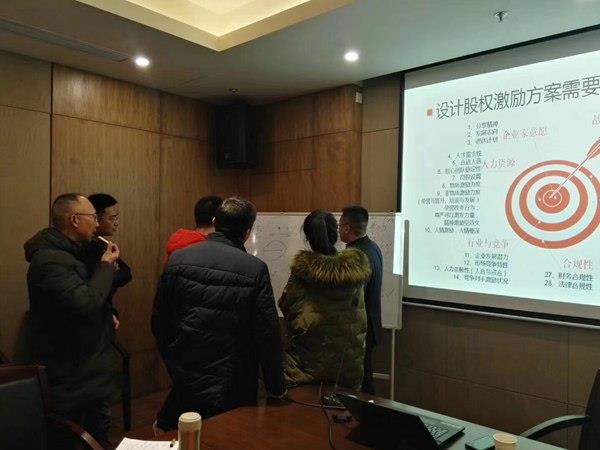
The second option is to transfer one party's equity to the other party through self negotiation or mediation by a third party,so that the other party holds an absolute controlling position in the equity ratio.For example,the initial shareholders of Haidilao,Zhang Yong and Shi Yonghong,each accounted for 50%of the equity.After Zhang Yong had allowed his wife and Shi Yonghong's wife to leave the company,Haidilao entered a rapid development stage in 2007 after 13 years of establishment,and bought back 18%of the equity from Shi Yonghong at the price of the original capital contribution.Zhang Yong became the absolute controlling shareholder of Haidilao."Haidilao successfully solved the problem of an unsatisfactory equity structure through self negotiation among shareholders through internal repurchase.As Shi Yonghong said,"Although there are fewer shares,there is more money to make,and at the same time,there is also leisure.As a major shareholder,he will be more concerned about the company,and the company will develop better.".However,this solution is often hindered by factors such as lack of cooperation among shareholders and difficulty in handling the pricing process of equity transfer.For example,the success rate of the case of Haidi Lao is extremely low in practice.
The third scheme is a scheme that the author has been advocating in equity legal practice and has been proven to be effective in practice.That is,through the introduction of equity incentive mechanisms(or dynamic equity allocation mechanisms)and private equity betting mechanisms,the equity of companies in a deadlock state is rationally restructured.In addition to the institutional flaws in the equity structure analyzed above,the company will fall into a deadlock due to the subjective root cause:the lack of recognition of each other's abilities among shareholders.Therefore,the basic idea of equity restructuring is that all shareholders dilute a certain proportion of their equity in the same proportion(the specific proportion is determined according to the specific situation of the case)and uniformly place it in the equity pool.The shareholders of the parties to the deadlock agree on a certain period of time as a gambling period(generally no less than one year),and set corresponding performance indicators(if the shareholders in the deadlock are responsible for the same business field,they can set unified performance indicators;if the business fields engaged in are different due to different positions,such as one shareholder responsible for sales and another shareholder responsible for research and development,they can set different performance indicators or only bet on the performance of a certain shareholder),"If a gambling shareholder reaches the agreed performance indicators upon the expiration of the gambling period,the other party must either transfer the equity placed in the equity pool to the other party at the agreed price,so that the successful gambling shareholder can achieve a shareholding ratio of more than 67%;";Or must agree to restructure the board of directors so that the number of directors controllable by the shareholders of the successful party to the bet exceeds the number of shareholders of the unsuccessful party to the bet;Or agree to the transfer of voting rights without equity transfer(signing a voting power entrustment agreement,etc.),so that the successful shareholders of the bet have absolute control over the company in substance.It is also possible for only one party to conduct a performance bet,while the other parties withdraw from enterprise operation and management during the bet period.(For detailed explanation,please refer to the author's subsequent related articles and cases)
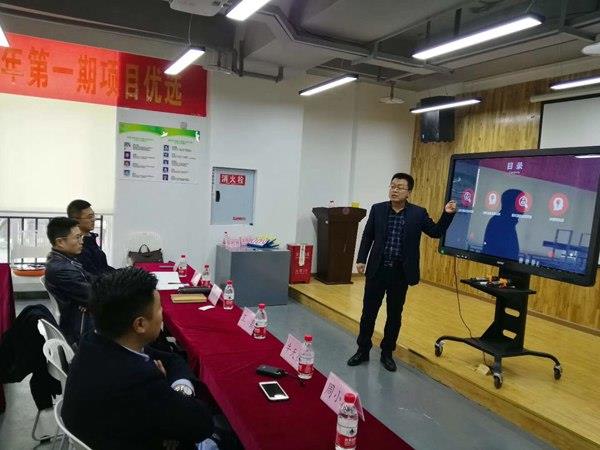
5、Enlightenment for newly established companies.
For the equity structure of a newly established company,it is necessary to allocate 70%to 20%to 10%or 51%to 49%based on fully considering late stage financing and equity incentives and reserving diluted shares,in order to avoid deadlock in the company.However,in practical operations,investors often insist on establishing a 50%:50%similar equity distribution ratio based on the interests of all parties.As equity legal service professionals,at this time,we should also try to improve the company's bylaws by focusing on the voting rights exercise mechanism and the composition of the board of directors on the basis of establishing a 50%:50%similar equity distribution ratio,while respecting the interests and demands of all shareholders,in order to avoid deadlock in corporate governance and ensure the normal operation of the company.When designing the articles of association of a newly established company,the following suggestions can be considered and adopted:
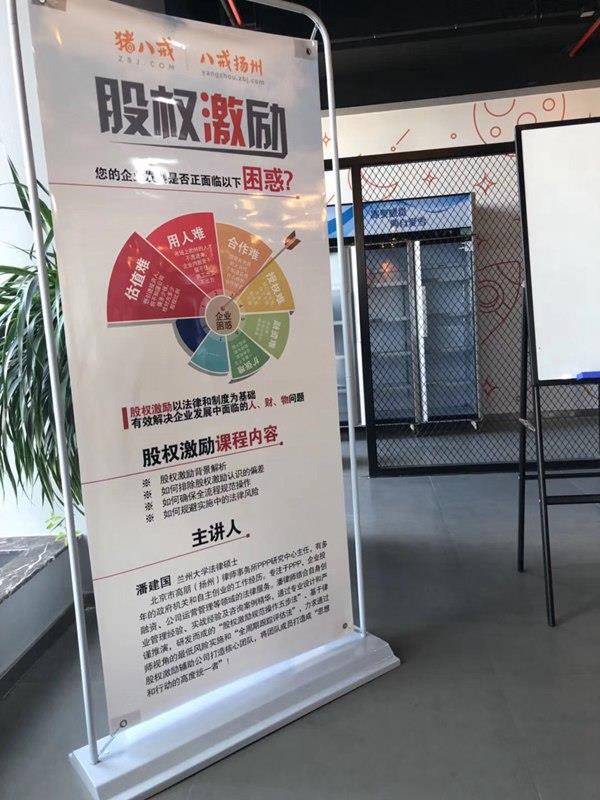
First,reasonably set up the board of directors and reasonably allocate the powers of directors.For example,if one party serves as the chairman of the board,the directors appointed by the other party account for a majority;When the number of directors on both sides is equal,an intermediary agency may be hired in the name of the company to appoint independent directors;If one party serves as the executive director,the other party serves as the general manager,and it is clear that the executive director has no right to appoint or dismiss the general manager
Secondly,a reasonable mechanism for exercising voting rights at the shareholders'meeting should be established.(1)Stipulate the delegation of voting rights,whereby some shareholders delegate some or all of their voting rights to specific shareholders.For example,before JD went public,the equity ratio of Liu Qiangdong's team was 23%,but 11 institutional investors such as Tiger Fund,Tencent,Hillhouse Capital,and Today Investment entrusted their voting rights to Liu Qiangdong's team.After the listing,although Liu Qiangdong's team only held 20%of the shares,they owned 83.7%of the voting rights.⑤(2)It is required that some shareholders form a person acting in concert,and it is agreed that certain shareholders will take concerted action on specific matters.When there is disagreement,some shareholders will follow the person acting in concert to vote to consolidate their controlling position in the company.(3)It is stipulated that some shareholders enter a shareholding platform(such as the establishment of a limited partnership)to hold indirect shares.In the shareholding platform,a specific shareholder in the company acts as a GP,and the specific shareholder exercises the voting rights held by the shareholding platform in the company.(4)Avoid setting up inappropriate"one vote veto".Some minority shareholders may propose to have a one-vote veto to protect their interests,but currently,most of them do not have a scientific veto exercise procedure agreed upon,which circumstances should be used,and what responsibilities should be borne for improper exercise,which can easily lead to a deadlock in the company.Therefore,it is agreed that when issuing a veto opinion,a one-vote veto shareholder should submit a reasonable veto basis,And agree on the compensation method for losses caused by improper exercise of the veto power or the liability for damages borne by supporting shareholders who insist on adopting a resolution when the veto shareholder exercises one vote of veto power.
Third,advance agreement on a mechanism for voting differences and resolving deadlock.When there are voting differences at the shareholders'meeting and there are differences in the work of a certain shareholder,the principle of"professional responsibility system"should be adopted,that is,first listen to the shareholder's views and explanations,and then all shareholders vote.If more than 50%of the shareholders do not agree with the shareholder's explanation,and the shareholder insists on carrying out work according to his plan,the shareholder can be allowed to implement his plan,but the shareholder is responsible for the consequences of implementation,At the same time,other shareholders who do not vote against shall be jointly and severally liable;In the event of a disagreement on the board of directors,the chairman is given the final decision-making power in the event of a deadlock,and it is stipulated that the members of the board of directors and the members of the shareholders'meeting shall not completely overlap.In the event of a voting deadlock on the board of directors,it shall be submitted to the shareholders'meeting for voting.
Fourth,agree on withdrawal clauses for some shareholders in the event of a deadlock in the company.When there is a deadlock between shareholders or directors of the company,a strong shareholder(who has substantial control over the company)acquires the equity of the other party at a reasonable price(both parties will negotiate or entrust an evaluation agency to evaluate at that time),thereby enabling the other party to withdraw peacefully and avoiding the damage to the company caused by the continuation of the deadlock.
reference:
①Liu Juan:"Analysis of the Causes and Countermeasures of Corporate Deadlock",Law Forum,No.8.August,p.64.
②Tang Linqing,Zhang Derong,Li Bin:"Corporate Defense War,"China Legal Publishing House,page 459
③"Zhao Xudong:Judicial Remedies for Company Deadlock,People's Court Journal,2002(2)."
④Wang Linqing,Yang Xinzhong:Essentials of Corporate Dispute Adjudication and Application of Rules,Peking University Press,p.270.
⑤Zheng Zhiliang,Lv Yongfeng:The Partnership System,Tsinghua University Press,p.136.

Author:Pan Jianguo,Master of Law from Lanzhou University,Director of the PPP Research Center of Beijing Gaopeng(Yangzhou)Law Firm.He has served as the editorial director and journalist of a provincial newspaper and has had two independent entrepreneurial experiences.He has a profound understanding of the pain points of the top-level structure of enterprise operation and management,is familiar with the internal management and external financing affairs of the enterprise,and has accumulated relatively rich experience in management and legal affairs.
Proficient in:corporate equity structure,equity incentive,equity investment and financing,government infrastructure investment and financing.Providing legal services for infrastructure investment and financing projects such as the 10th Jiangsu Horticultural Expo PPP Project and Yangzhou East Transportation Hub,providing long-term legal services for financial institutions such as CITIC Bank Yangzhou Branch and Agricultural Bank of China Yangzhou Branch,providing special legal services such as equity investment and financing,equity structure,equity incentive,and providing long-term lectures on equity related topics upon invitation to the public.
(This article is translated by software translator for reference only.)
Related recommendations
- Tax lawyers review the draft of the revised Tax Collection and Administration Law for soliciting opinions
- New Measures for Punishing "Dishonesty" by the Supreme People's Court at the Two Sessions in 2025 (Part 3): "Height Limit" Single Release Mechanism
- New Measures for Punishing "Dishonesty" by the Supreme People's Court at the Two Sessions in 2025 (Part 2): Grace Period System
- Interpretation of the Management Measures for Compliance Audit of Personal Information Protection - Feeling the Rhythm and Rhythm of Regulatory Flow


